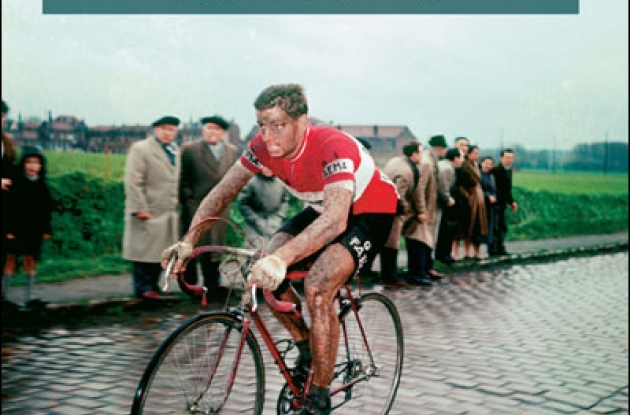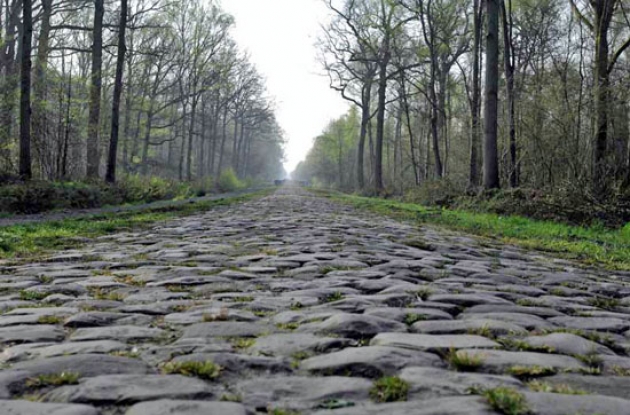The Spring Classics: Cycling's Greatest One-Day Races--A Review
Roadcycling.com reviews the new book titled The Spring Classics.
For years, I have hoped for a history of the classics and particularly the Monuments. The stage races have their appeal, but the classics have drama all their own. This is because the drama plays out in one day rather than in 21, as is the case with the Grand Tours. Because classics such as the Paris-Roubaix and the Tour of Flanders have no tomorrow (at least not until the following year), riders hold nothing back. They feel free to give their all.
My hopes have been realized. Philippe Bouvet, Philippe Bouvel, Pierre Callewaert, Jean-Luc Gatellier, and Serge Laget have written The Spring Classics: Cycling's Greatest One-Day Races, an excellent coffee table book that Velo Press has published. The work is smartly written, and it is well illustrated, as any cycling book or coffee table book should be. All of the great names are in the book: Garin, Lapize, Pelissier, Maes, Kint, Van Steenbergen, Coppi, Bobet, De Bruyne, Van Looy, Gimondi, Merckx, Godefroot, De Vlaminck, Moser, Hinault, Raas, Kelly, Museeuw, Van Petegem, Armstrong, Boonen, and Cancellara are included, among others. No rider who made an impact on the classics is forgotten.
An introduction by professional cyclist turned commentator Paul Sherwen captures the classics' spirit. Sherwen writes, "When you race a classic, there is no next day's stage. You can get every last bit of energy out of yourself because you don't have to worry about being eliminated from the race tomorrow. You can give it your all with no looking back." The book plunges into the development of cycling, specifically of the classics, before going into individual races.
Epic stories abound. Bernard Hinault lost the feeling in his fingertips--and never got it back--when his hands froze in a snowstorm during the 1980 edition of Liege-Bastogne-Liege. In 1959, Rik Van Looy won the Tour of Flanders with a toe abscess, an intestinal infection, and stomach cramps. He "only" had an upset stomach when he won the race three years later. Eugene Christophe won the 1910 Milan-San Remo, and he was one of only three finishers out of 91 starters. The book lays out the drama that attracts many to cycling.
The book describes the race courses with emphasis on their important landmarks. The Arenberg Forest, the Jaizkibel, the Cipressa, and the Ghisallo are all mentioned in The Spring Classics. The book takes the reader over some of the most important terrain in cycling.
The Spring Classics has a list of results at the end. If you are ever trying to resolve a dispute with a friend about who won the 2002 Liege-Bastogne-Liege--or if you are ever trying to win a bet--you can check the book. Yes, it was in the 2006 edition of Paris-Roubaix that George Hincapie's steerer tube snapped. By the way, Paolo Bettini won Liege-Bastogne-Liege in 2002.
I have one complaint about The Spring Classics. The book is too modest. It actually describes all of the important one-day races except for the world road race championship. Races that take place in the summer and fall are included in the book. Paris-Tours, the Tour of Lombardy, the Clasica San Sebastian, and the Championship of Zurich are discussed. The book is a compendium of information about all of the classics, not just the ones that occur in the spring. Future editions of this book might simply be named The Classics.
I quibble, however. Buy the book, enjoy it, and educate yourself about cycling.
Click here to order The Spring Classics online.









